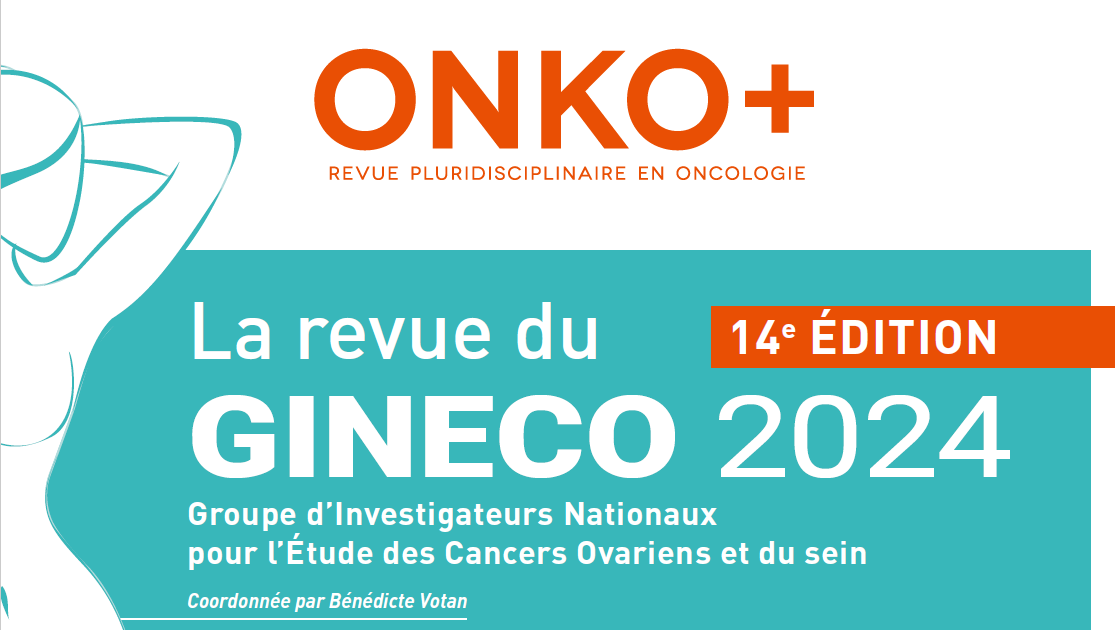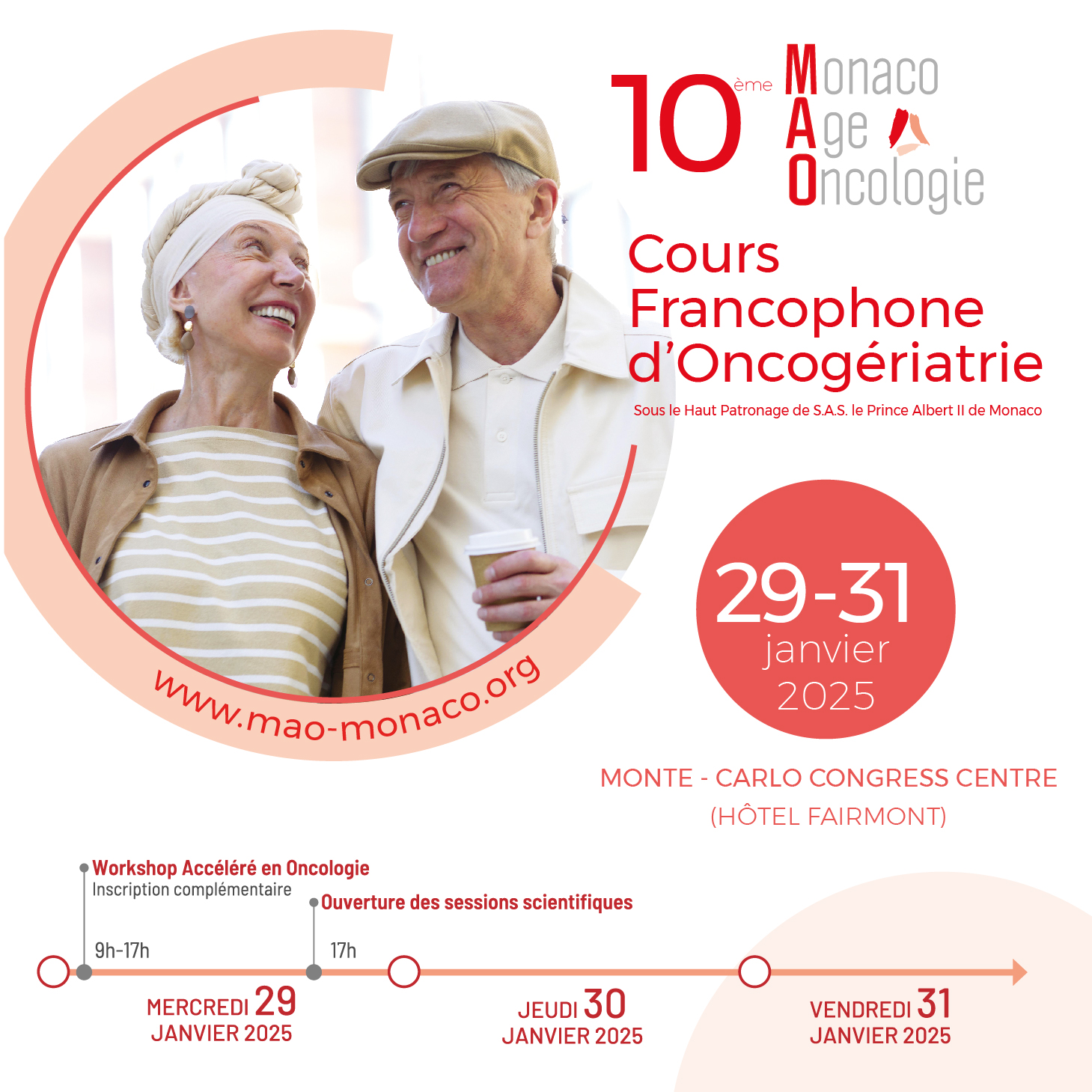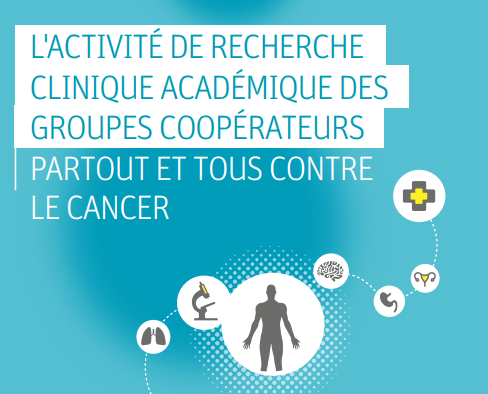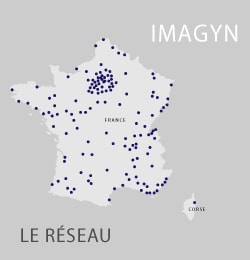Étude EWOC-2
Fiche descriptive de l'étude
Étude ovaire
EWOC-2
Study Title/Titre de l'étude
EWOC-2 :Multicenter, randomized trial of PROADAPT intervention in non-vulnerable elderly patients with stage III-IV advanced ovarian cancer.
Statut
Cette étude est en cours de préparation.
Sponsor/Promoteur
ARCAGY - GINECO
Objectives/But
Main objective:
- To evaluate the impact of the PROADAPT geriatric reconditioning program on the following co-primary endpoints (hierarchical):
- Superiority for Clavien-Dindo grade III/IV complications at 30 days
- Superiority of Health related Quality of life (targeted dimensions at 3 months : Mobility, burden of illness of ELD14, emotional and physical functioning, fatigue)
Secondary objectives:
- Validation of Barber’s preoperative risk assessment calculator for elderly ovarian cancer patients undergoing primary cytoreductive surgery (Barber et al. Gynecol Oncol 2015)
- Therapeutical strategy (feasibility of performing an optimal surgery and feasibility of performing neoadjuvant chemotherapy and surgery and post operative chemotherapy until 6 courses)
- Interval debulking feasibility
- Post-operative chemotherapy feasibility
- Progression-free Survival (PFS)
- Overall Survival (OS)
- Quality of life (QOL)
- Safety and tolerability
- Geriatric covariates and patient outcome
Phase
Phase III
Population/Type de patiente
Non-vulnerable elderly women with newly diagnosed stage III-IV ovarian cancer before an initial debulking surgery or with a planned interval debulking surgery.
Number of patients/Nombre de patientes à recrutées
Environ 377 patientes
Endpoint Analyses/Critère principal d’évaluation
Main endpoint:
Co-primary endpoints (hierarchical):
- Clavien Dindo grade III+ complications
- HRQOL (Health Related Quality of Life; targeted dimensions at 3 months : Mobility, burden of illness of ELD14, emotional and physical functioning, fatigue of QLQC30)
Secondary endpoints :
Therapeutical strategy (feasibility of performing an optimal surgery and feasibility of performing neoadjuvant chemotherapy and surgery and post operative chemotherapy until 6 courses).
Interval debulking feasibility
Post-operative chemotherapy feasability
Overall Survival
OS is defined as the time period from the date of randomization to the date of death. OS will be analyzed by Kaplan-Meier method and will be estimated at 1 and 2 years (data points) for each treatment arm. An univariate analysis will be performed using the log-rank technique to determine the prognostic role of geriatric covariates and aging biomarkers. The adjusted prognostic value will be estimated in a multivariate analysis using a proportional hazards model.
Progression-free survival
PFS is defined as the time period from the date of randomization to the date of disease progression or death whichever occurs first. Tumor assessments will be performed at baseline and after 3 courses of chemotherapy and until progression or a minimum of 24 month follow-up whatever occurs first. Disease progression will be defined by RECIST v1.1 criteria and/or GCIG CA-125 kinetics and/or symptomatic deterioration.
Quality of Life (QOL)
Quality of life will be assessed using the FACT-O questionnaire.
Safety and tolerability
Clinical and laboratory AEs (grade 1-5) will be reported and graded according to NCI-CTCAE version 4.3. Distributions of toxic events will be described by type of toxicity, by grade, by course and by patient, and for all courses.
Geriatric covariates
Geriatric and biological covariates include ADL, IADL and HADS scores, urea, CRP, albumin, pre-albumin, orosomucoïd (optional) and lymphocyte count. Geriatric covariates distribution, by type and by patient as well as baseline biological values will be described and presented for each treatment arm in tables. Correlation tests will be performed using univariate and multivariate logistic regression models, in order to evaluate the association between geriatric covariates and patient outcomes (treatment feasibility, PFS, OS).
Aging biomarkers
Aging biomarkers levels will be analyzed in duplicate, described and reported for each







